
views
Taking on the Large Debris
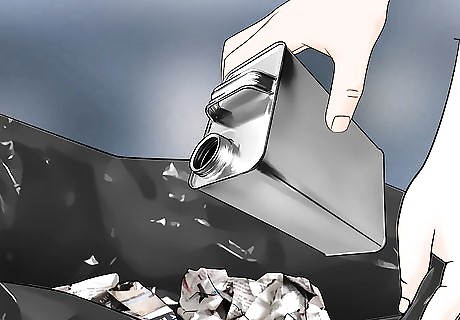
Gather tools and leftover materials into one place. Once you've gathered everything, figure out what you want to keep and what you want to get rid of. Put away what you want to keep, and donate or discard what you don't want to keep. If you need to toss items, make sure to read the back of the can on things like paint and chemicals. Often, you'll need to take these items to a hazardous waste disposal center instead of just tossing them.
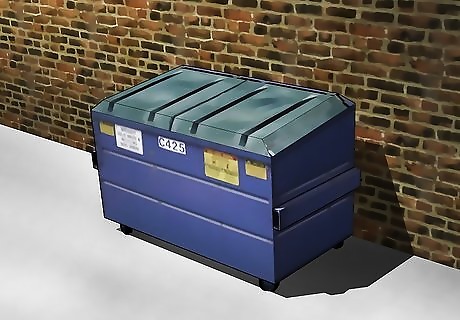
Rent a dumpster. To make it easier on yourself, consider renting a dumpster to get rid of your large trash. You can often rent one from your city, though many companies rent them, too. They'll place the dumpster in your front yard, and then haul it away when you're done taking your trash to it. If you're not sure what size to order, talk to the company you're renting from. They can usually suggest a size based on what kind of project you're doing.
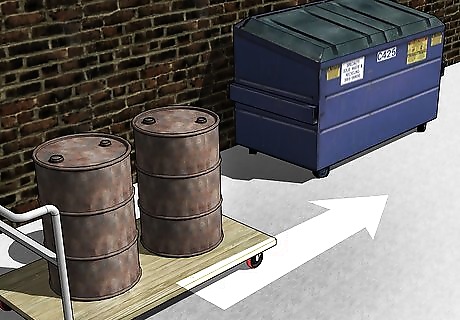
Haul large debris to the dumpster. Carry any debris left behind out to your dumpster. Use the walk-in door if possible, as it is much easier than trying to throw it over the edge. Carry heavy items with a dolly or the help of a friend.
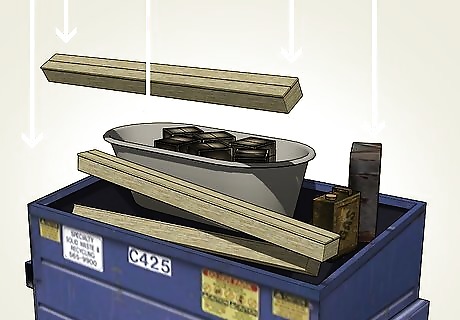
Pack the dumpster smartly. Even if you get the correct size, space is going to be at a premium in your dumpster. Make sure to load container-like items, such as bathtubs, facing upward so you can put stuff in them. Place long pieces lengthwise in the dumpster, and tuck smaller items around larger items so you're not wasting space.
Cleaning up Spills and Small Debris
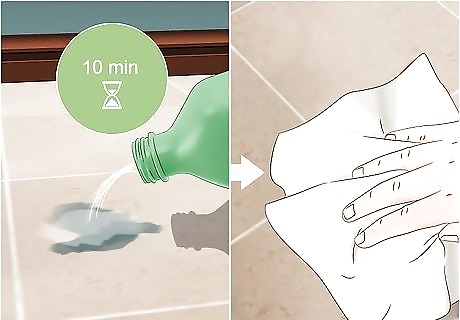
Apply rubbing alcohol to a dry latex paint spill on tile or linoleum. Pour rubbing alcohol onto the spill in a puddle. Leave it to soak in for 30 minutes. Once it's had time to soak, wipe up the spill using paper towels, scrubbing gently over the paint. It should come right up. Test the rubbing alcohol first on an inconspicuous corner if you have tile.
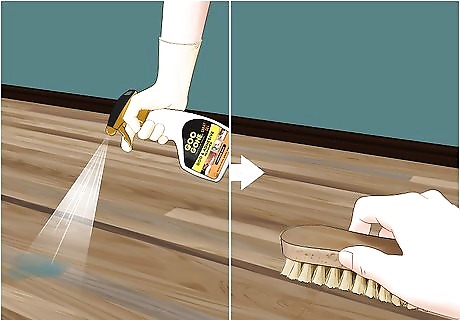
Use a citrus-based cleaner on wood. If you have a dried paint spill on wood, apply a citrus-based cleaner such as Goo Gone. Let it soak for a minute or 2, and then use a gentle brush on it. You may need to reapply it several times. Don't let it soak too long, as the cleaner could stain the floor. Don't use an abrasive brush or scraper, as you can damage the wood.
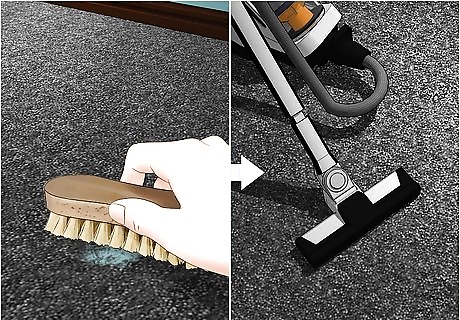
Pick paint off of carpet. With carpet, try using a scrubbing brush to flake the paint off the carpet, and then vacuum the paint off. You may also be able to use needle-nose pliers to pull out clumps. If all else fails, try cutting the carpet with scissors right at the top where the splatter is. Chemicals that remove paint will likely cause damage to your carpet, but you can try them in a hidden corner first. If they don't cause damage, you can use them to remove paint.
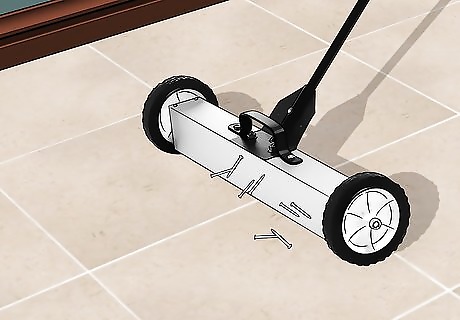
Use a magnetic sweeper to pick up nails. If you know you have metal debris, such as nails, bolts, or even metal shavings, try renting or buying a magnetic sweeper. You just roll the sweeper over the area, and it attracts any metal debris with a magnet. Then, you pull up on the handle on top of the sweeper head to release the metal pieces into the trash. It's a good idea to put these items in a solid container if you plan on throwing them away.
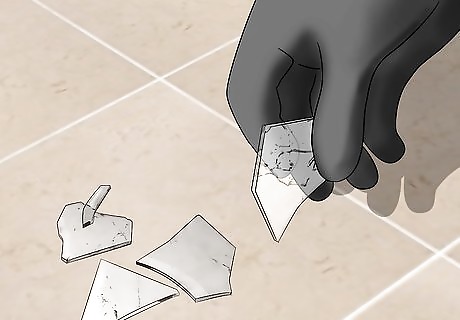
Remove broken glass. If you have any broken glass, start by carefully picking up the large pieces. Wear protective gloves for this task. Then, for smaller pieces, try cutting a potato in half. Press the cut side into the glass to pick up little shards. Sweep up anything that remains. Place any broken glass in a solid container, such as a coffee can, before putting it in the trash.
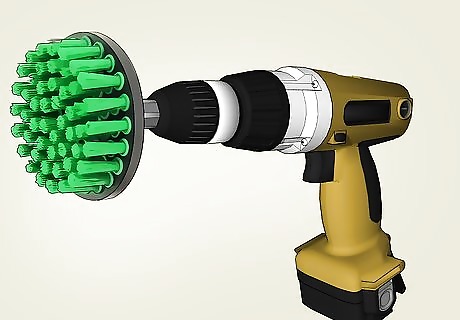
Add a brush to a drill to scrub an area thoroughly. If you need to scrub down an area that's going to take a lot of work because of construction dirt or debris, try getting a brush attachment for your drill. That way, the drill can do the majority of the scrubbing for you.
Dealing with the Dust
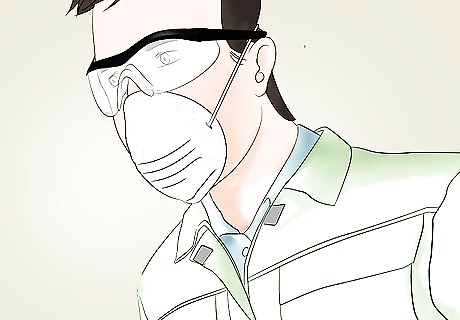
Put on safety gear. If you have a lot of dust, consider putting on a dust mask. Also, goggles will keep anything from getting into your eyes, including fine dust.
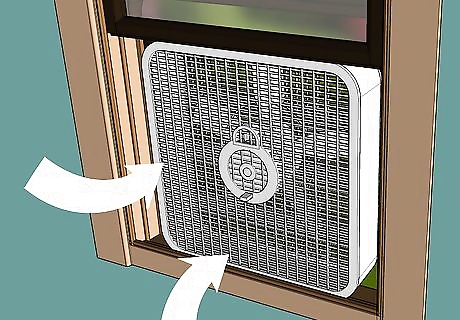
Set up a fan to blow outside. While you're cleaning, place a box fan in a window facing outward. Turn it on, so that when you stir up dust, you blow it outside instead of keeping it in the room.
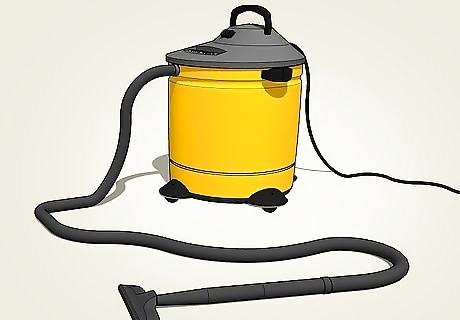
Rent a shop vac. To take on construction dust, a shop vac with a fine dust bag is the best option. It keeps dust from being blown back into the room from the bag, which can happen with a home vacuum. You can rent or buy a shop vac at local home improvement stores.
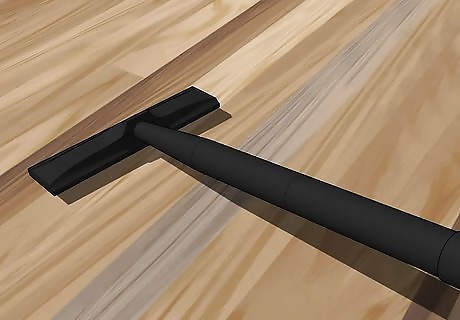
Vacuum the room once. Suck up as much dust as you can in the first go-round with a shop-vac. You'll need to vacuum more later, but you want to remove the majority of the dust from the floor so you're not spreading it around.
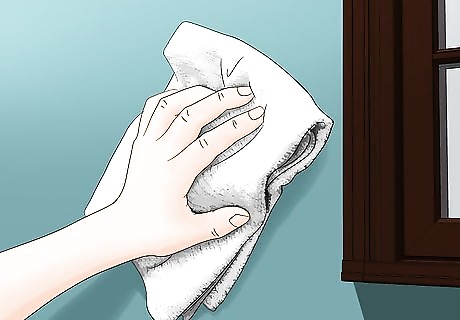
Wipe down the walls. For new paint, a simple dusting with an extended duster will do. For old paint, you may need to wipe the walls down with a wet rag or an extended mop. Basically, you want to get as much of the dust off the walls as you can. For textured wallpaper, you'll need to use a vacuum attachment to vacuum the dust off. Be sure to get the ceiling and baseboards, too.
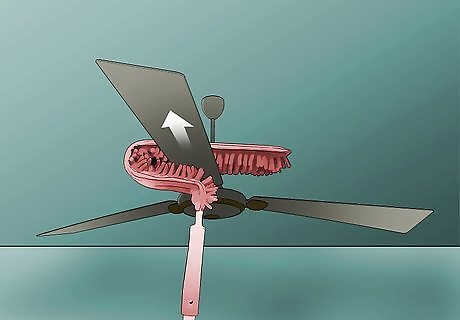
Clean the lighting fixtures and fans. Wipe down ceiling fan blades, and thoroughly clean light fixtures. You may need to take down the light fixtures to clean them thoroughly. Use a glass cleaner for any glass-based parts to get them sparkling.
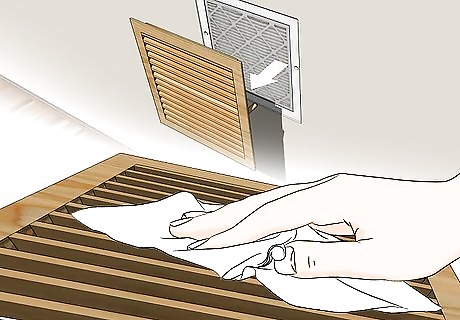
Wipe down the air vents. If the air vents weren't covered for construction, you'll need to clean them now. Take the vents off by unscrewing them, and then wipe down both sides with a damp rag. If they're particularly dirty, you may need to clean them with warm, soapy water.
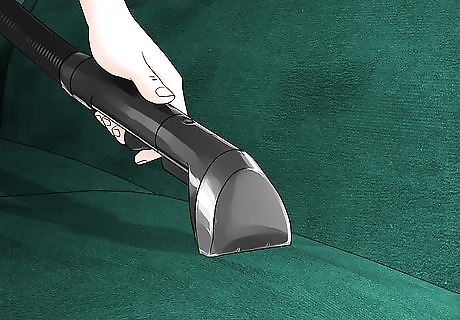
Use the vacuum on the upholstery. Any furniture that stayed in the house needs to be vacuumed, even if it was covered. With the upholstery attachment on your vacuum cleaner, go over your furniture to remove dust.
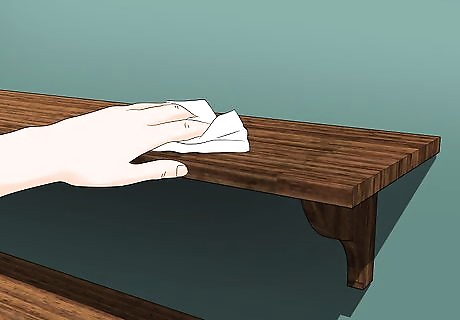
Wipe down any other exposed surfaces. Dust is likely on any shelves, countertops, and knickknacks that were exposed. Wipe them all down with a damp rag to remove dust. If they're especially dirty, use a gentle cleaner.
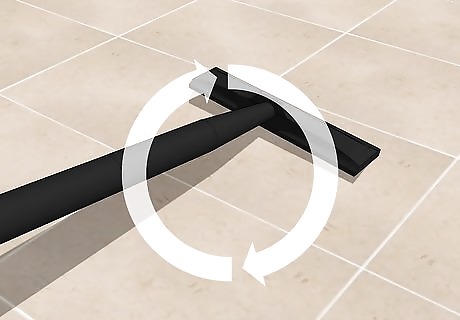
Vacuum multiple times. Whether you have carpet or hard floors, you'll need to vacuum multiple times. It's going to take several passes to get up all the dust, especially on carpet.

Mop hard floors. Once you've gotten up as much dust as you can, mop the floor to get up the rest of the dust. You may need to mop more than once to make sure you get it all.
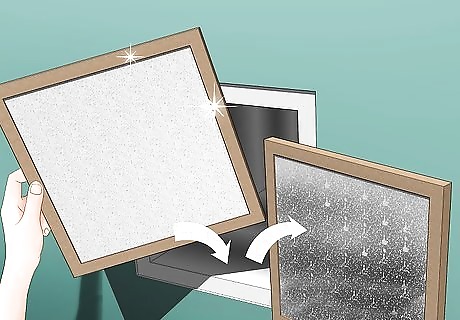
Change your air filter. Once you're done stirring up dust, it's a good idea to change your air filter. That way, you can start fresh, and your filter won't be clogged with all that construction dust.










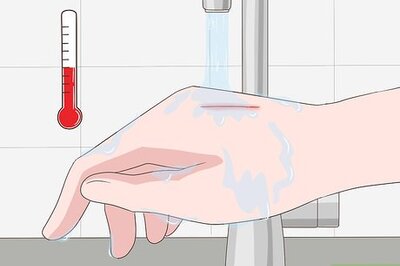



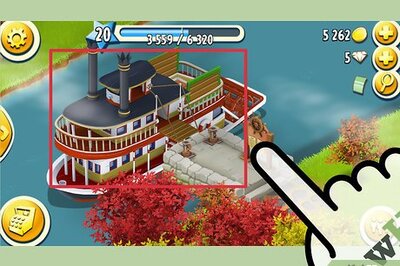

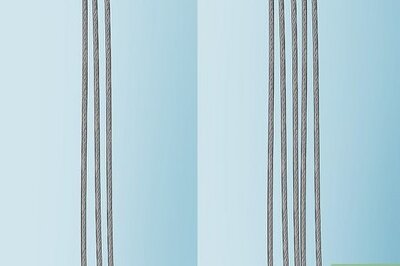


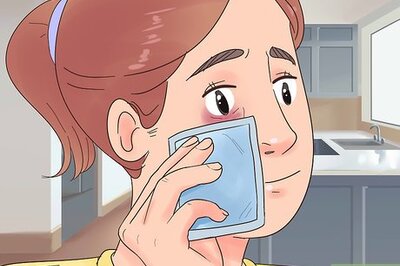
Comments
0 comment